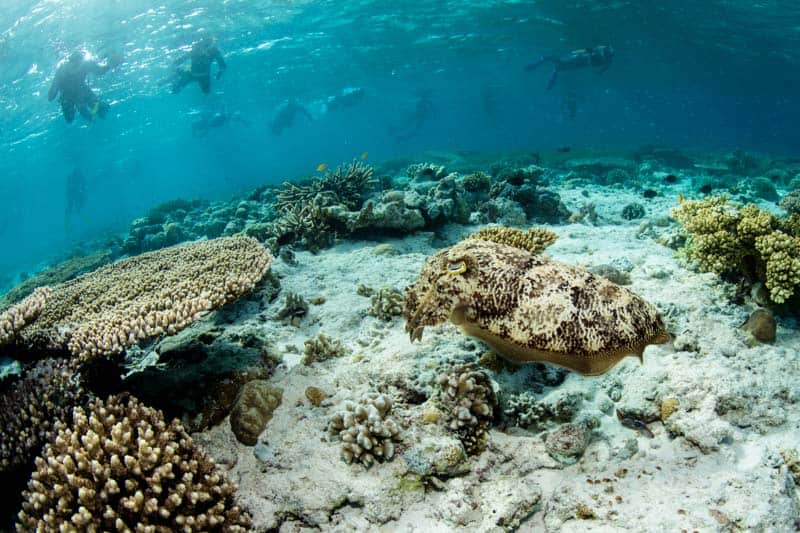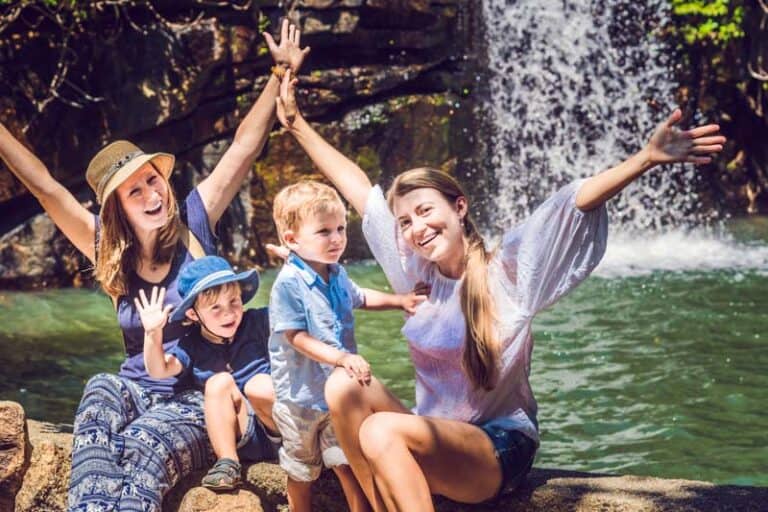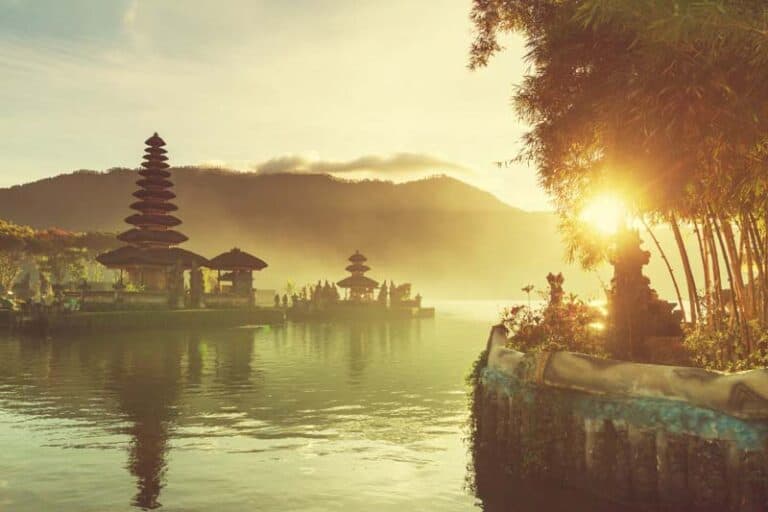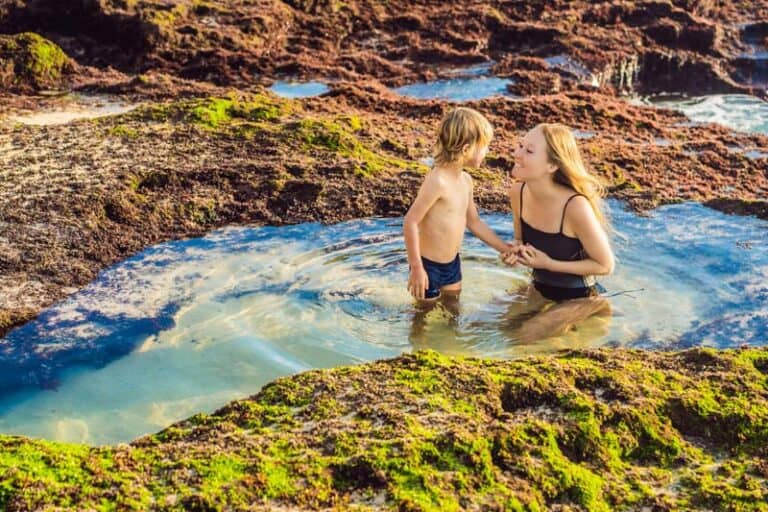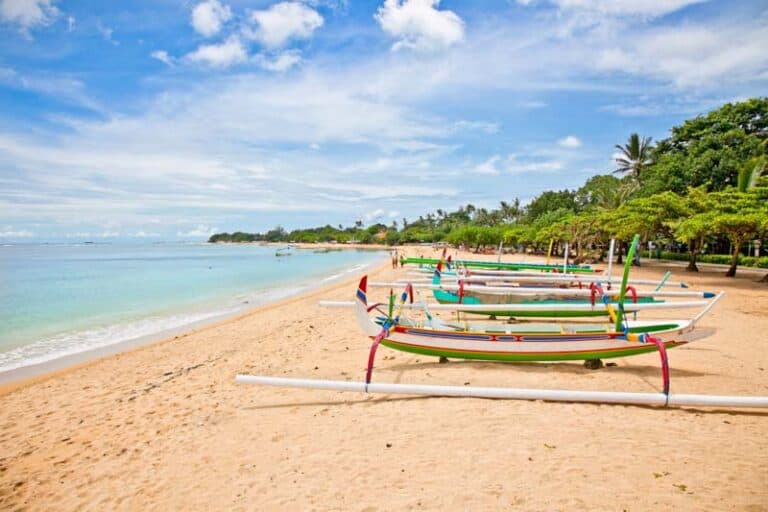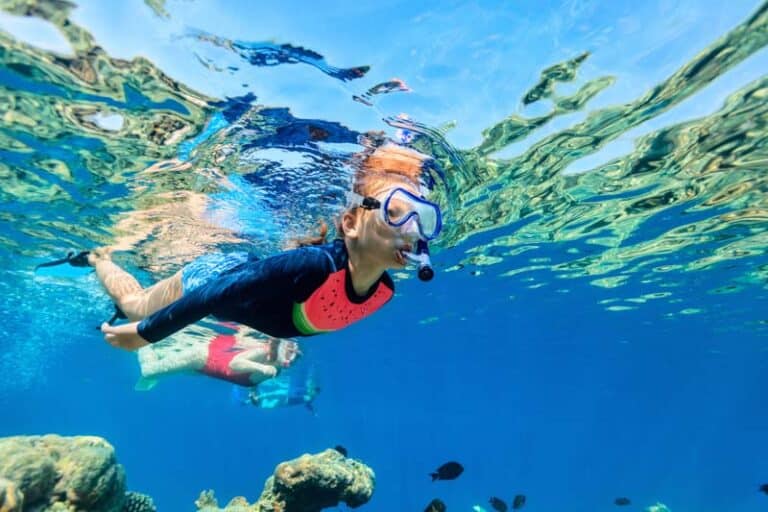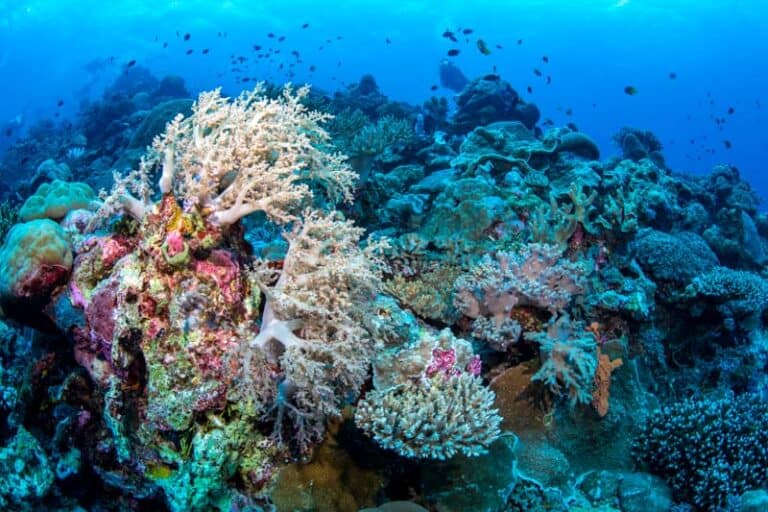Wakatobi is known as a popular diving destination, consisting of four main islands of Wangi-Wangi Island (as the capital of this regency), Kaledupa Island, Tomia Island, Binongko Island – which all form the acronym for Wakatobi itself. The Wakatobi national park covers about 1.4 million hectares habitat for at least 900 fish species and 750 coral reef species.
Overview of Binongko Island in Wakatobi Indonesia
Binongko Island is the last island and the furthest island from Wangi-Wangi or Wanci, the capital of Wakatobi. To reach Binongko island, you can get the public boat from Mola Harbour in Wangi-Wangi island for 6 hours to Rukuwa Harbour or Bante Harbour in Binongko island. To get around, you can rent the motorbike from the locals.
Although this is the last island, it is not the least. Binongko island is the reason why this area is known as Tukang Besi (Blacksmith) Archipelago: you can find the dedicated artisans and skilled blacksmiths in this island. Here, you can observe how they make, shape, and sharpen the steel into high-quality knives and machetes (parang, as called locally) with traditional techniques passed off for generations. It is also well known for other farming instruments.
The best thing is, it is not the only attraction in Binongko Island. Besides the cliffs and hills, this island is spoiled with beautiful beaches, coconut coves, and crystal clear seawater under its tropical sunshine. Off the white sandy beach, Binongko offers excellent seascape underwater, which is perfect for snorkeling and diving experiences.
If you want to spend some nights in Binongko island, you might hardly find accommodations or hotels online. But the local people can direct you to some traditional homestays and basic hotels around the island, offering the authentic life of the locals.
Best things to do in Binongko Island in Wakatobi
Here are some of the best things to do in Binongko Island Wakatobi:
- Visiting the blacksmiths throughout the island, or you can visit the village of Popalia with the huts located directly on the cliff edge overlooking the ocean. Take the motorbike through the ring road from Wali village; heading north, you will reach Popalia village on the right side after 45 minutes or around 25 kilometers.
- Participating in a blacksmith workshop to make your own knife with the help of blacksmith experts from Binongko Island. Remember to put them in your checked-in luggage when flying back home.
- Relaxing on the beautiful beaches of Binongko island, like, One Melangka, Palahidu, Yoro Sampu, Buea Buku Wali, and Mbara-mbara beaches.
- Seeing one of the world’s largest bat species in Topa Mata, located around 100 meters from Wali village’s cemetery.
- Visiting the mangrove forest in Sowa, located around 20 kilometers from Wali village by the ring road near One Melangka Beach. Along the way to the north from Wali village, you will pass the Rukuwa village and its harbor, Bante, and Taipabu villages.
- Snorkeling on the coast of Bante village.
- Getting to freshwater spring of Topa Labago, located only 5 minutes drive from the snorkeling spot in Bante village – you can ask any local people for the direction.
- Snorkeling and diving in Turtle Point, a breeding ground protected by local law. It is located around 3 kilometers from Wali village, on the southeast reef of Binongko. You can take a small boat from Wali village for 30 minutes, and make sure to wear a life jacket if you are not a good swimmer.
Dive sites around Binongko Island in Wakatobi National Park
Binongko Island does not have any dive operators on site, making it less packed compared to dive sites in the other three islands. Due to strict local law protecting the turtles, the turtles here are healthy and abundant, making it become the turtle capital of Wakatobi. You can arrange the dive trip from the dive operators in Tomia Island, asking them to pick you up in Binongko Island and explore the surrounding dive sites, such as:
- Lighthouse at Haka (north of Binongko), featuring hard coral steep slope and drop off, for experienced and adventure divers with boat entry.
- One Melangka Beach, easy for snorkeling and diving, either beach or boat entry. This site features the hard coral-encrusted rocky wall and drop-off.
- The Palahidu Beach (northeast of Binongko), featuring rocky reef on the sloping wall, suitable for all levels of divers. The highlight here is the turtle-encounter guarantee during snorkeling or diving.
- Karang Koka (southeast of Binongko), which is a very large atoll with two entry points. The best dive sites are located at the outer rim on the east and south. It features beautiful walls with overhangs and small caves.
- The Ndaa, a small island south of Binongko offering a fantastic wall covered with hard and soft corals.
